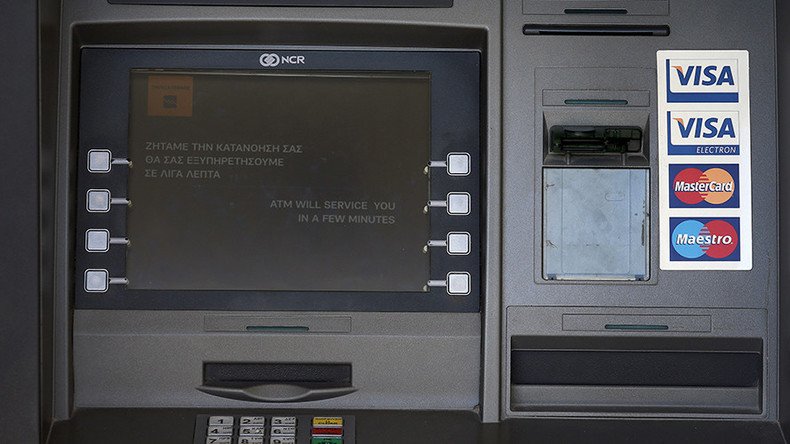Chicken, bony fish & old pastries: NYC ATM residue a menu of residents’ tastes

People are aware there are germs left behind on objects touched by others, but what exactly is in those piles of microscopic bacteria? Scientists are looking closely at smears on ATMs in New York City to find out.
New York City is home to some of the most diverse communities in the country, and its microbial residents are no exception. A study published in mSphere examining the biology of lifeforms living on ATM keypads in Manhattan, Queens and Brooklyn found there was a relation between the residue on the keypads and the residents.
Mysterious tiny germs: US scientists ‘build’ bacteria with smallest genome on Earthhttps://t.co/Zl4dHKaAHCpic.twitter.com/U5v6QpjllY
— RT America (@RT_America) March 25, 2016
Biologist Jane M. Carlton led the study that examined what was really living on the surface of 66 keypads using new high throughput sequencing technology to look at the microbial communities. Unsurprisingly, the majority of the bacteria left on keypads was human skin cells, which are shed nearly constantly. However, what was surprising is what the residue said about the eating habits for residents of ethnically distinct neighborhoods.
For example, samples collected from the heavily Asian neighborhoods of Chinatown and Flushing, Queens contained microbes from bony fish and mollusks. In Central Harlem South, which are historically black and Latino neighborhoods, the microbes found were associated with poultry. In the predominantly white neighborhoods like midtown Manhattan, the keypads were home to Xeromyces bisporus which is a kind of mold related to spoiled “high-sugar foods such as cakes and confectionaries,” the study said.
So as it turns out that you really are what you eat, right down to the microbes.












